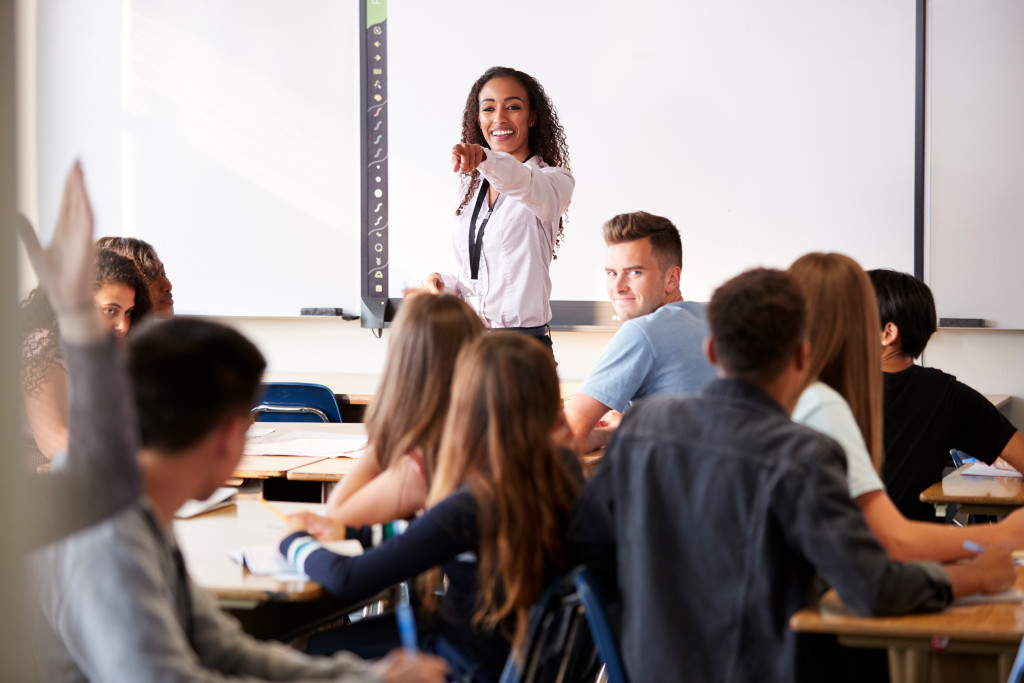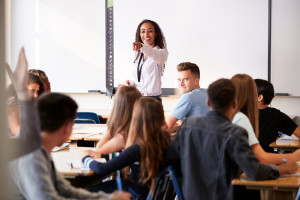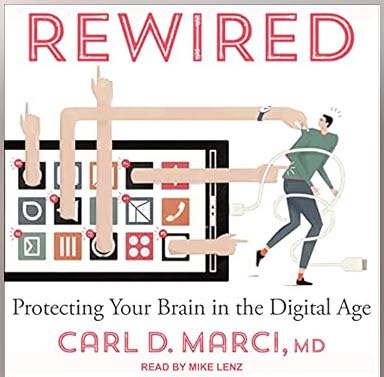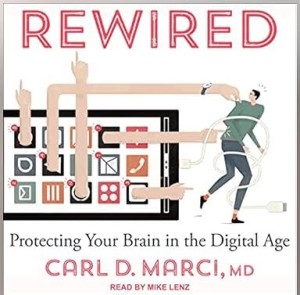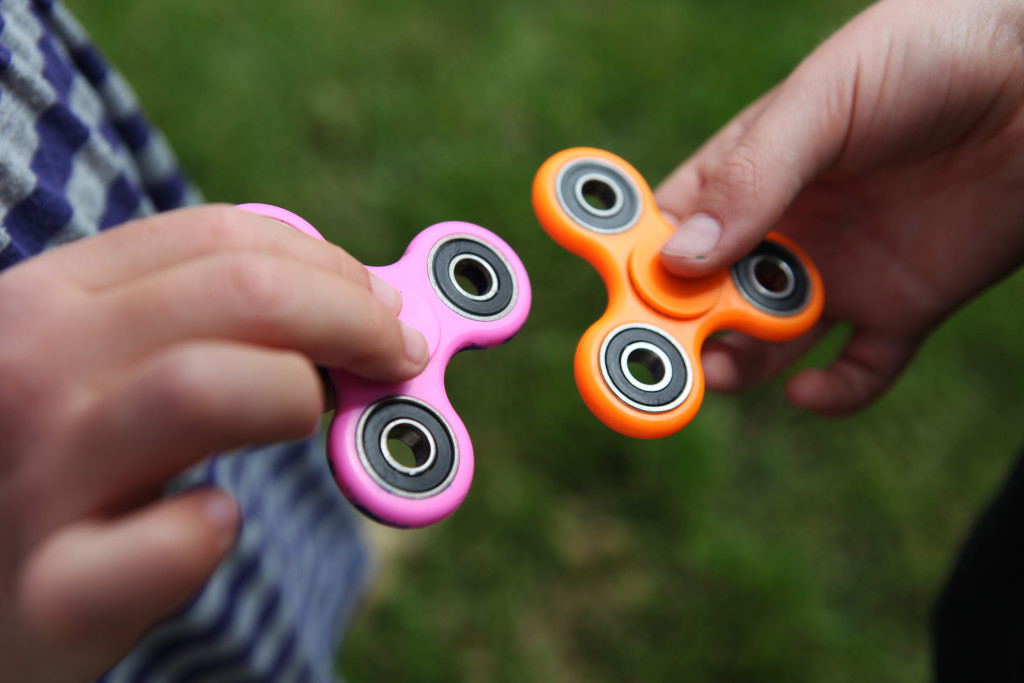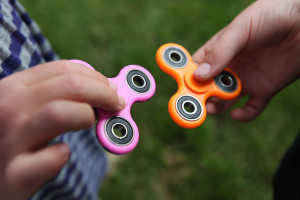Because teachers spend so much time asking questions, we’d be grateful if we had research to guide us as we do so.
On many pedagogy topics, we face a tricky problem: not enough research to paint a clear picture.
One this topic — questions — we face a completely different problem: SO MUCH RESEARCH.
In fact, we’ve got so many studies on so many different sub-topics here, we can easily get lost in the muddle of terminology, recommendations, and limitations.
My goal in this series of posts is to sort through the several kinds of research focused on questions, trying to nudge them into useful categories. I’ll also try to point out some easy mistakes to make along the way.
To organize this post, I’ll focus on three points:
When to ask this kind of question?
Who benefits most immediately from doing so?
What do we do with the answers?
Before the Thinking, part I
Daniel Willingham tells us that “memory is the residue of thought.” If we prompt our students to do the right kind of thinking, they’ll get the right kind of residue: useful long-term knowledge.
The first group of questions comes well before we want our students to do that “right kind of thinking.”
To teach an effective unit, teachers need to know our students’ prior knowledge on the subject.
To learn what the word “tragedy” means, students need to know who a “protagonist” is. Heck: they need to know what a “play” is. Do they? I should ask.
To learn about covalent bonds, students need to know what elements are, and what electrons are. Do they? I should ask.
And so forth.
Practically ANY unit draws on this kind of prior knowledge. If my students don’t already know these essential facts, ideas, or skills, they’ll experience working memory overload when the unit gets underway. (If you’re interested in the importance of prior knowledge, check out Graham Nuthall’s book: The Hidden Lives of Learners.)
So: the very first questions I ought to ask my students explore the depth and breadth of their knowledge on a topic they’ll be learning about next week, next month, next semester.
Notice who benefits first from these questions: I — the teacher — do. Because…
What do I do with the answers? Once I evaluate my students’ prior knowledge, I can design a more effective and targeted lesson—one that neither bores nor overwhelms my students.
Recap of “prior knowledge” questions:
When? Before the unit – sometimes well before the unit.
Who benefits? Initially, the teacher – who now has information that will help plan the full lesson.
What to do with the answers? Design upcoming instruction effectively.
Before the Thinking, part II
Of course, not all questions that precede the lesson are for my benefit. We have a growing body of research into “prequestions.”
Notice this distinction:
I ask “prior knowledge questions” to find out what my students do and don’t know.
I ask “prequestions” about important information I’m already sure my students DON’T KNOW.
In fact, I can’t ask effective “prequestions” until I check their prior knowledge; otherwise, my prequestion might ask them about important information they DO already know.
Now, why would I do such a thing? Why ask students to define the Five Pillars of Islam if I’m sure they just don’t know?
Well, this growing body of research suggests that such questions prime students for upcoming learning.
They are likelier to learn those Five Pillars if I ask prequestions about them – even though they almost certainly can’t and won’t answer those questions correctly.
Let’s be honest: this strategy seems peculiar. Asking students questions when I’m sure they don’t know the answer feels a little mean. But, if this research pool is correct, doing so gets them mentally ready to learn new stuff.
Recap of “prequestions”:
When? Before the unit, probably right at the beginning.
Who benefits? The student – who is now better primed to learn this new information.
What to do with the answers? Don’t sweat the incorrect answers. We assume they’ll get incorrect answers! Instead, carry on with the lesson, knowing that students are mentally prepared for this new learning.
Digging Deep
Even this brief review suggests important distinctions.
I should ask both kinds of questions “before the thinking”; that is, before the students have started learning this topic.
But I will plan these questions quite differently.
If I’m asking “prior knowledge” questions, I need to consider quite a broad range of possibilities. Because I don’t yet know what my students don’t know, I should probably ask …
… both conceptual questions and factual questions,
… questions that seem easy to me, and questions that seem hard to me,
… questions from early in the upcoming unit, and questions later in the unit.
And so forth.
However, if I’m asking “prequestions,” I should focus quite narrowly on…
… information that is most important in the upcoming unit, and
… information that I’m confident most of my students don’t already know.
Also, I will respond to the answers quite differently.
If I’m asking “prior knowledge” questions, my students’ answers are simply data. If I ask the right questions, their answers tell me what they do and don’t know — and in this way guide me as I design the upcoming lesson.
If I’m asking “prequestions,” my response will be rather different. Because I’m almost sure my students don’t know the answers, I expect that most answers will be wrong.
That wrongness is a feature, not a bug. (If most students get the answer right, then I didn’t accomplish the goal of priming future learning.)
I should probably be on the lookout for “prior misconceptions.” That is: if several students answer a “prequestion” with a commonly held false belief, that information will be important and helpful to me.
Devils in Details
As I write about these topics, I think two details merit attention.
First: I’ve written above about “prequestions” — asking students information I’m sure they don’t know.
I should confess that most people have a different name for this technique; they call it “pretesting.”
Now, I think “pretesting” is a TERRIBLE name. No teacher and no student wants anything to do with tests. And, the technique isn’t a test! No grading required!!!
In this post and others, I’m trying to rebrand “pretesting ” as “prequestioning.” However, you’ll see the term “pretesting” more often.
Second: you may know Graham Nuthall’s famous finding: students already know about 50% of what we’re going to teach them, but that each one knows a different 50%.
If that’s true, this finding makes both “prior knowlegde” questions and “pretesting” questions very tricky.
I myself worry less about this finding than others do.
While Nuthall did find this statistic to be true, his finding hasn’t been replicated (as far as I know.) We should remember Dan Willingham’s motto: “one study is just one study, folks.”
By the way, Nuthall’s methodology is so extraordinarily complex that I’d be surprised if it has could be replicated frequently.
I also suspect that this 50% statistic will vary widely from situation to situation.
If you teach Spanish 4 — well, it’s likely that most of your students have successfully completed Spanish 3. They’ll have LOTS of prior knowledge in common.
But if you teach 9th grade history in a school that draws from many different feeder schools, you might well work with students whose priok knowledge varies quite widely.
TL;DR
BEFORE we start teaching a unit, we should ask students two different kinds of questions.
Prior knowledge questions help us learn what our students already know.
“Prequestions” help prime students to learn new information and concepts.
Although all these questions are, in fact, questions, their purpose, form, and result differ in important ways. We should plan accordingly.
